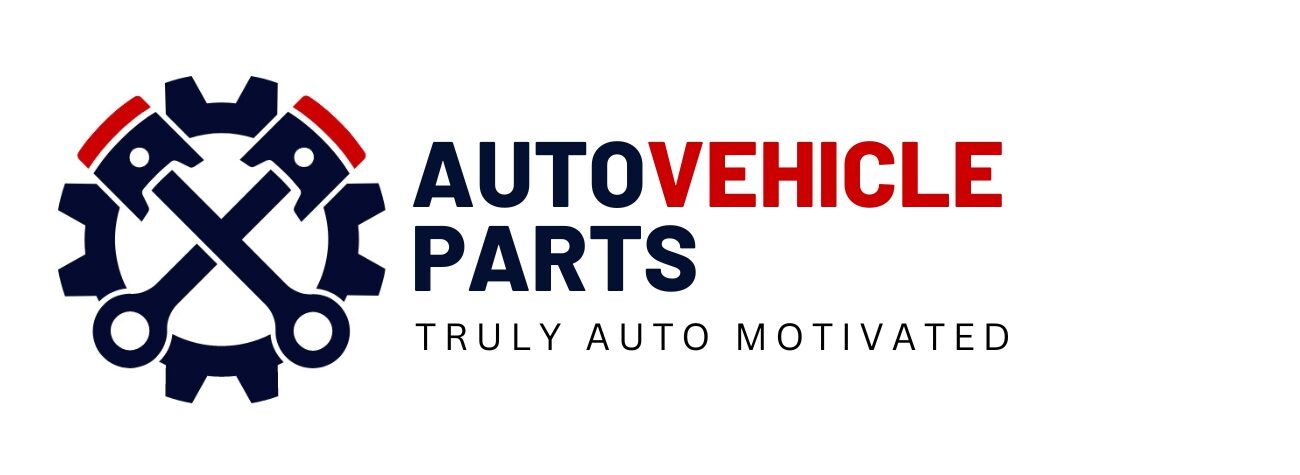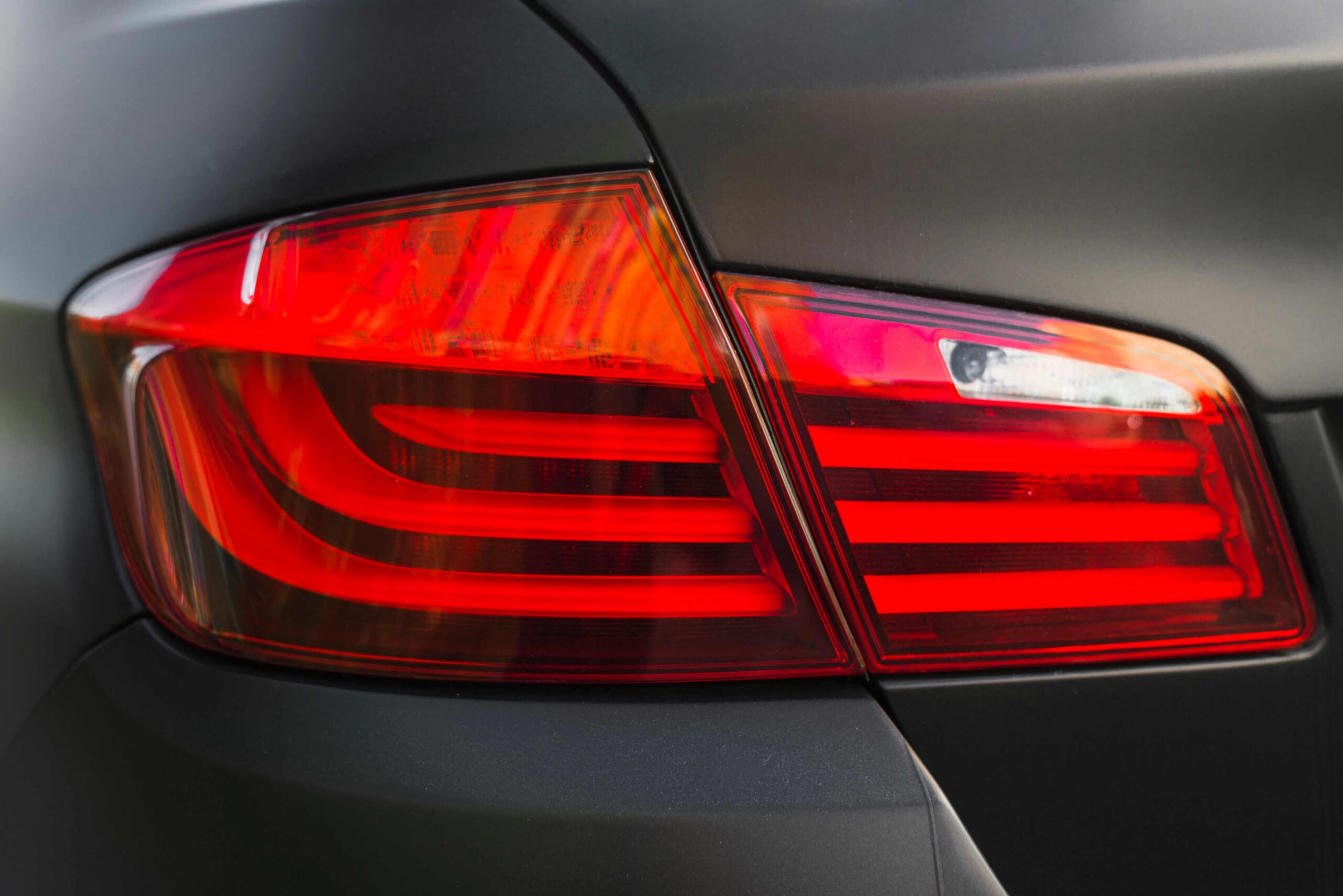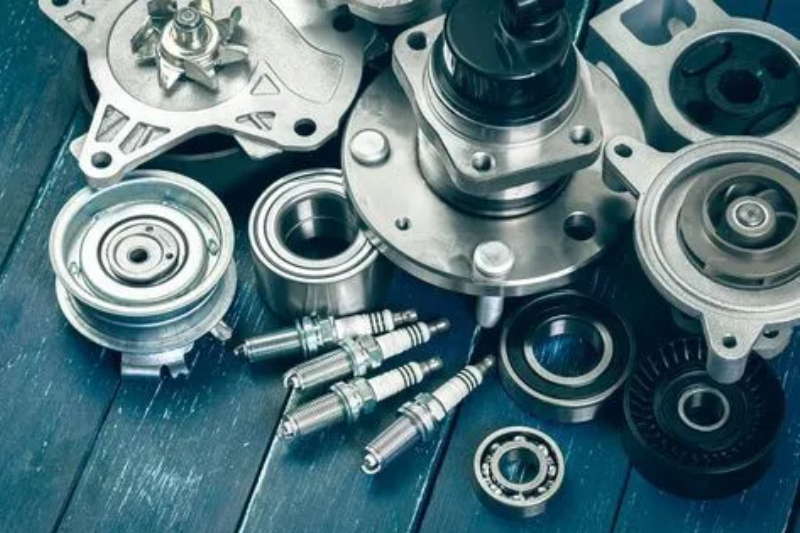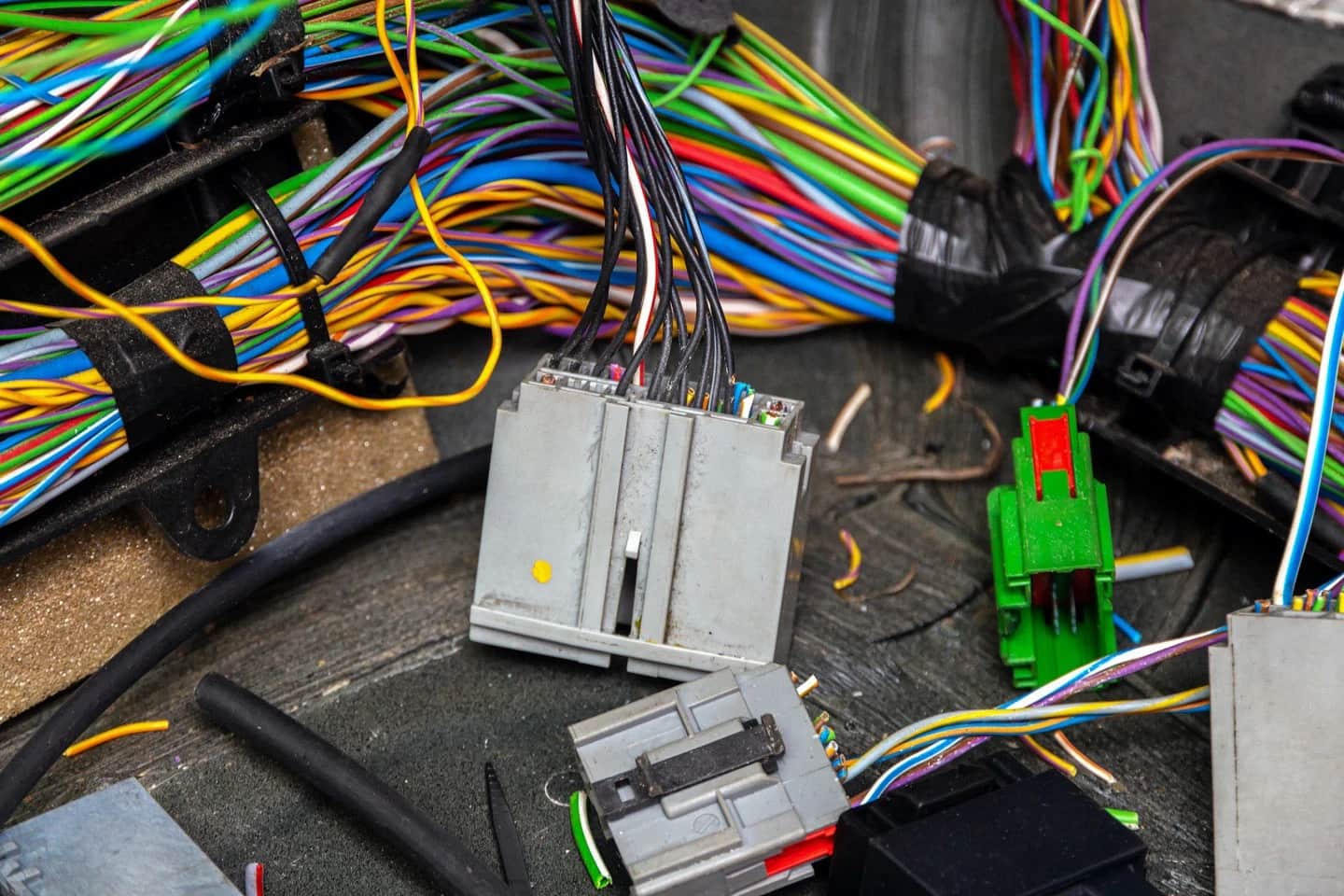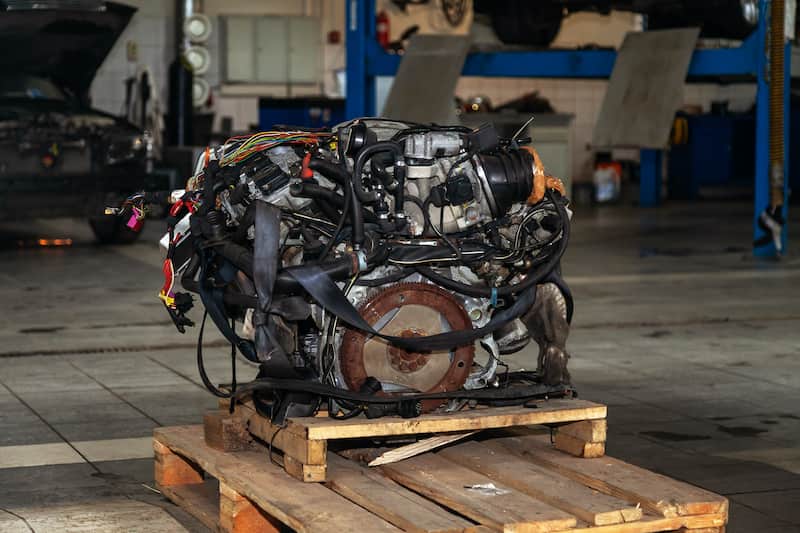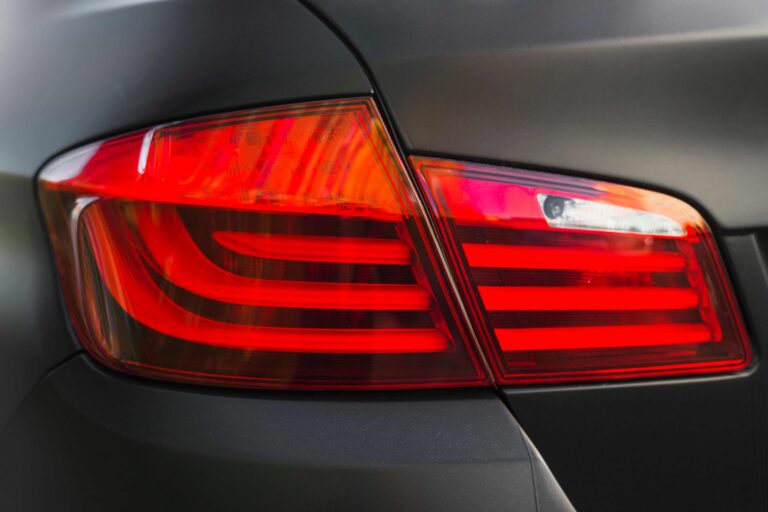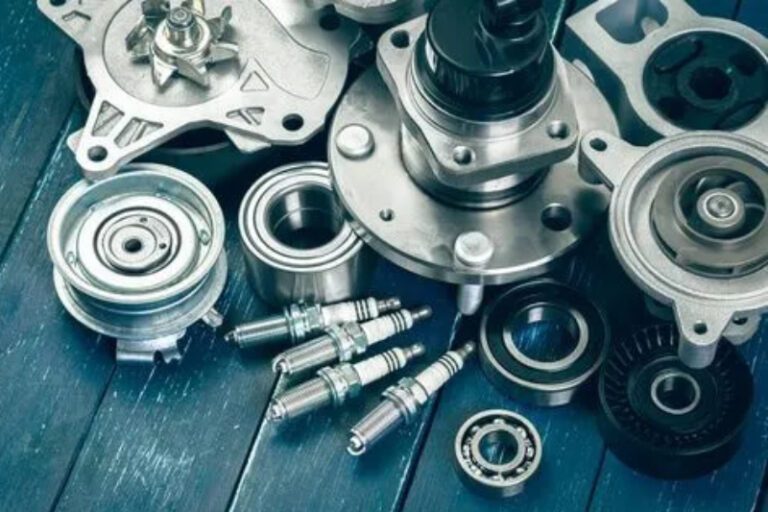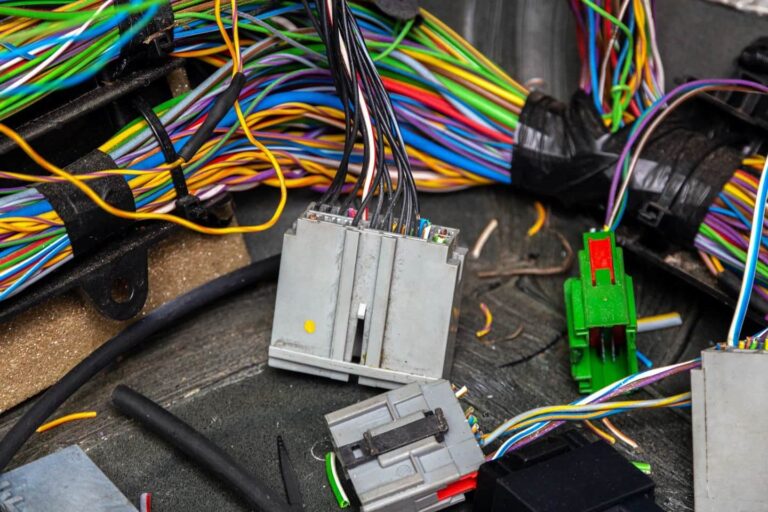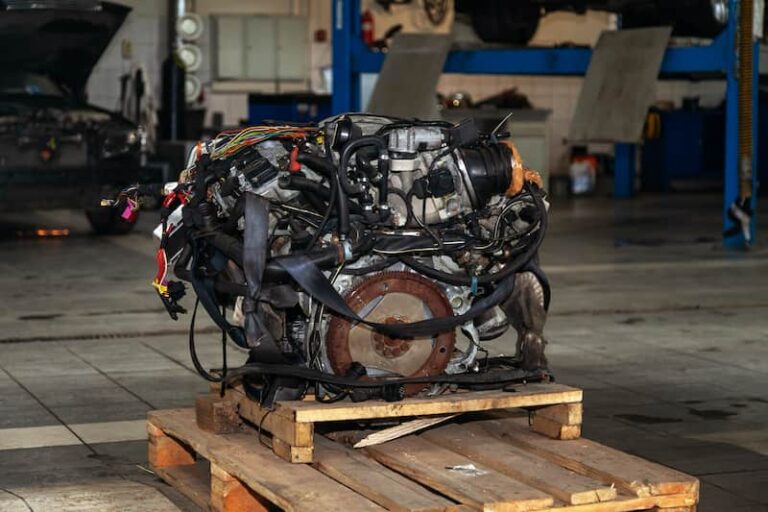A vehicle’s performance, comfort, and safety rely heavily on the smooth operation of its wheels. One component that ensures this seamless movement is the wheel bearing. Wheel bearings are crucial parts that allow the wheels to spin freely with minimal friction while supporting the vehicle’s weight. However, when these bearings begin to fail, they can cause noticeable noise, vibrations, and potentially dangerous driving conditions. Understanding the front and rear wheel bearing replacement cost, as well as the symptoms of failure and influencing factors, is essential for every vehicle owner.
In modern vehicles, each wheel typically rides on its own wheel bearing assembly. Over time, these components endure immense pressure and friction, leading to wear and eventual deterioration. When this happens, a telltale humming or grinding noise becomes noticeable, especially when you turn the steering wheel slightly from side to side. This sound is often the first warning sign that your wheel bearings need attention.
Understanding Wheel Bearings and Their Role
Wheel bearings consist of small steel balls (or rollers) enclosed within metal rings called races. They sit tightly within the wheel hub and allow the wheel to rotate smoothly around the axle. Since they carry the vehicle’s entire weight and experience constant motion, they must be both strong and precisely engineered.
Older cars used serviceable bearings that required periodic greasing, especially when brake rotors or drums were removed. However, modern cars now use sealed bearing units that don’t require servicing – when they fail, they must be replaced entirely.
Wheel bearings not only support the weight of your car but also help maintain proper wheel alignment, ensuring stability and even tire wear. Because of their importance, ignoring a failing bearing can lead to dangerous consequences, including wheel detachment in extreme cases.
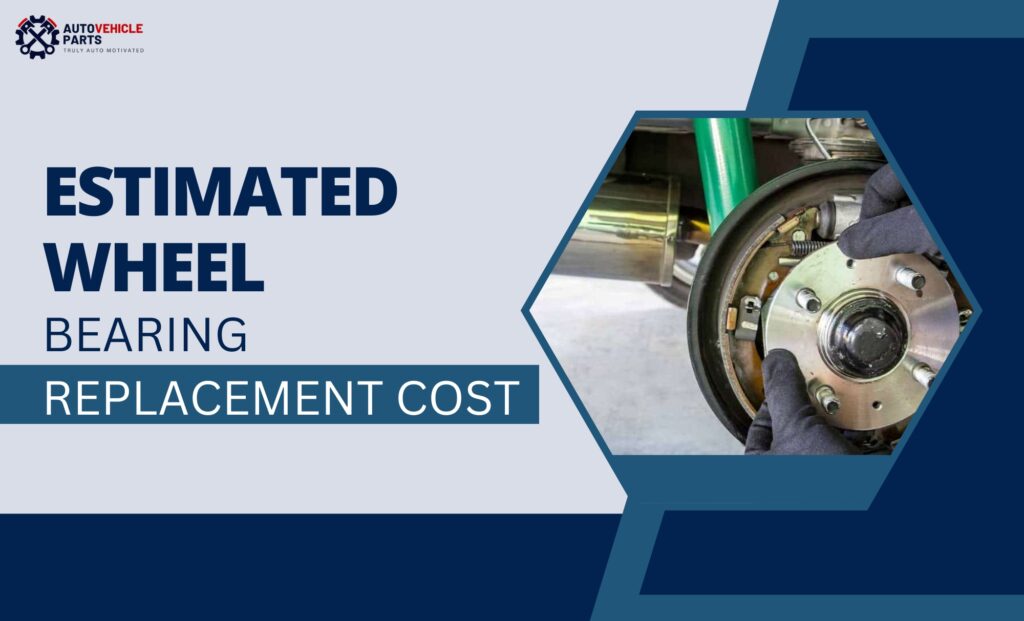
Estimated Wheel Bearing Replacement Cost
The wheel bearing replacement cost varies depending on several factors such as the vehicle model, year, type of bearing, and labor rates. Here’s a breakdown of the average costs for some popular models:
| Front Cost | Rear Cost | Car Model |
| $350 | $250 | Toyota Camry |
| $400 | $300 | Toyota RAV4 |
| $450 | $350 | Ram 1500/2500/3500 |
| $500 | $300 | Chevrolet Silverado |
| $400 | $250 | Honda CR-V |
| $350 | $250 | Ford F-150 |
While these are general estimates, the final price may vary based on your car’s configuration and the availability of parts.
Front Wheel Bearing Replacement Cost
Front wheel bearings usually cost more to replace than rear bearings. The front wheels bear the brunt of steering, braking, and acceleration forces, which makes the process more labor-intensive.
There are typically two types of front wheel bearing setups:
- Complete Unit: Comes pre-assembled with the hub, making installation easier but more expensive.
- Pressed-On Unit: Requires a press to remove and install the bearing, increasing labor costs.
On average, front wheel bearing replacement costs between $350 and $450, with labor accounting for most of the expense. Parts typically cost around $150 to $300, depending on the vehicle model and the type of bearing used.
Rear Wheel Bearing Replacement Cost
The rear wheel bearing replacement cost tends to be lower compared to the front. The average price ranges from $190 to $310, including parts and labor. However, some rear-wheel-drive vehicles with solid axles may require additional work, pushing the labor cost between $225 and $350.
Rear bearings are also available in two types:
- Typical Units: Found in most front-wheel-drive vehicles, easier to access and replace.
- Solid Rear Drive Axle Units: Found in trucks and rear-wheel-drive cars, often more complex to service.
Factors Affecting Replacement Cost
Several factors influence the overall cost of wheel bearing replacement:
1. Vehicle Model and Type:
Every vehicle has unique design specifications. Luxury vehicles or trucks often require more expensive bearings or additional components like integrated wheel hubs, raising the total cost.
2. Aftermarket vs. OEM Parts:
OEM (Original Equipment Manufacturer) bearings are made by the vehicle’s manufacturer and usually cost more. They offer guaranteed fit and reliability. Aftermarket bearings, on the other hand, are cheaper but vary in quality. Always check reviews and warranty terms before purchasing aftermarket parts.
3. Bearing Type:
The bearing type also affects cost. Ball bearings are common in modern vehicles and are efficient but can wear out faster than roller bearings found in older models. Precision or high-performance bearings, such as those in sports cars, tend to cost more.
4. Serviceable vs. Non-Serviceable Bearings:
Some older vehicles use serviceable bearings that can be cleaned and repacked with grease. However, most modern cars have sealed, non-serviceable hub assemblies that must be replaced as a whole unit, significantly increasing labor costs.
5. Labor Costs:
Labor rates vary by region and vehicle type. Some vehicles require the suspension or brake system to be partially dismantled, adding to the total time and cost.
When Should You Replace a Faulty Wheel Bearing?
Driving with a bad wheel bearing is dangerous. Recognizing early signs can help prevent further damage to your vehicle. Below are the most common indicators that it’s time for a replacement:
1. Humming or Grinding Noise:
A persistent humming or grinding noise from the wheel area, especially when turning, often indicates worn-out bearings.
2. Growling or Squealing Sounds:
As bearings wear out, you may hear growling or squealing noises that increase with speed. These sounds can sometimes be mistaken for tire or brake issues.
3. Clicking Sounds:
A clicking or popping noise that increases with vehicle speed can indicate a failing wheel hub assembly or bearing.
4. Wheel Wobble:
A mechanic can check this by lifting the car and moving the wheel side-to-side. Any noticeable wobble means the bearing or hub assembly is compromised.
5. ABS Warning Light:
Since wheel bearings often contain ABS sensors, a faulty bearing can trigger the ABS light on your dashboard.
6. Uneven Tire Wear:
Damaged bearings can cause uneven tire wear because of misalignment or inconsistent wheel rotation.
7. Steering Wheel Vibration:
If you feel vibrations through the steering wheel, especially at higher speeds, it could be due to worn bearings.
8. Vehicle Pulling to One Side:
If your car veers left or right while braking, worn bearings could be the cause.
9. Loose Steering:
Excessive play or “looseness” in the steering wheel may also point to worn bearings or suspension components.
Ignoring these signs can result in serious safety risks, including the wheel detaching while driving. If you experience any of these symptoms, seek professional inspection immediately.
What Actually Is a Wheel Bearing and Why It Matters
A wheel bearing enables the wheel to spin smoothly with minimal friction. It supports radial and axial loads – that is, the forces from turning, braking, and acceleration. Because it endures immense pressure and heat, proper lubrication and precision engineering are crucial.
When your brakes are applied, the entire vehicle’s weight transfers through the bearings. That’s why even slight wear can affect braking performance and steering stability. The bearings also interact closely with the brake rotor, caliper, and suspension components, making timely maintenance vital.
Final Thoughts
Your wheel bearings are vital to your car’s performance and safety. They ensure smooth wheel rotation, stable handling, and efficient braking. When these parts fail, the signs – humming, vibrations, and uneven tire wear – shouldn’t be ignored.
The front and rear wheel bearing replacement cost varies based on several factors, including vehicle model, labor rates, and the type of bearing used. Whether you opt for an aftermarket or OEM replacement, always prioritize quality to ensure long-term reliability.
If you notice any symptoms mentioned above, consult a certified technician right away. Timely replacement not only enhances your driving experience but also ensures your safety on the road.
Remember – smooth rides start with healthy bearings. Keep them in check, and your vehicle will reward you with years of safe, comfortable driving.
FAQs
On average, the replacement cost ranges between $300 and $400, depending on your vehicle model, labor rates, and part quality.
No. Driving with a bad wheel bearing is dangerous. It can cause the wheel to seize or detach, leading to potential accidents and severe damage to the suspension.
Yes, you can replace only the faulty bearing. However, it’s often recommended to inspect the opposite bearing, as both may experience similar wear over time.
Ignoring it can lead to tire damage, ABS failure, or even wheel detachment. It also increases stress on the suspension and steering components.
Unusual noises, vibrations, or uneven tire wear are the most common signs. Have your vehicle inspected immediately if you notice these symptoms.
